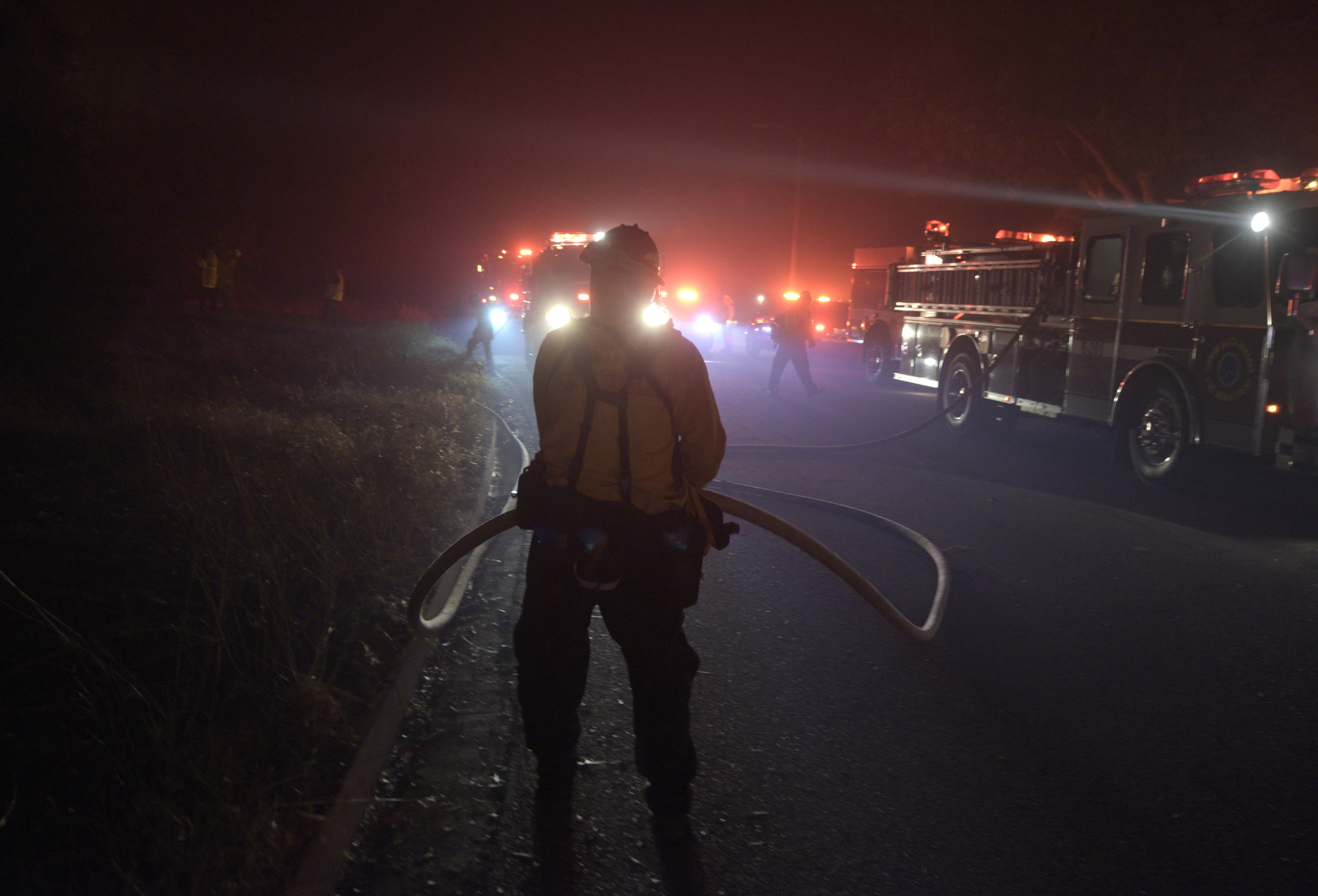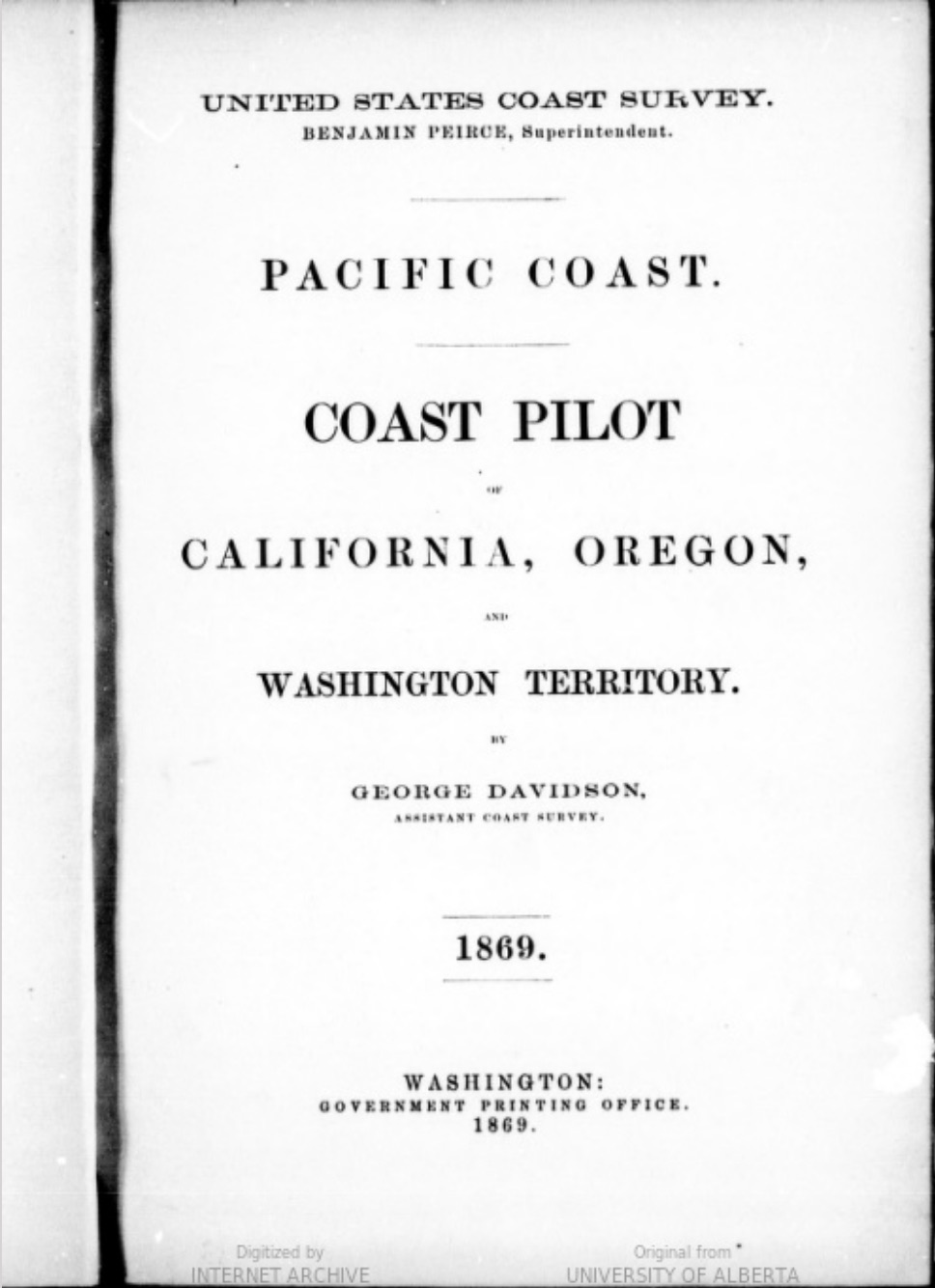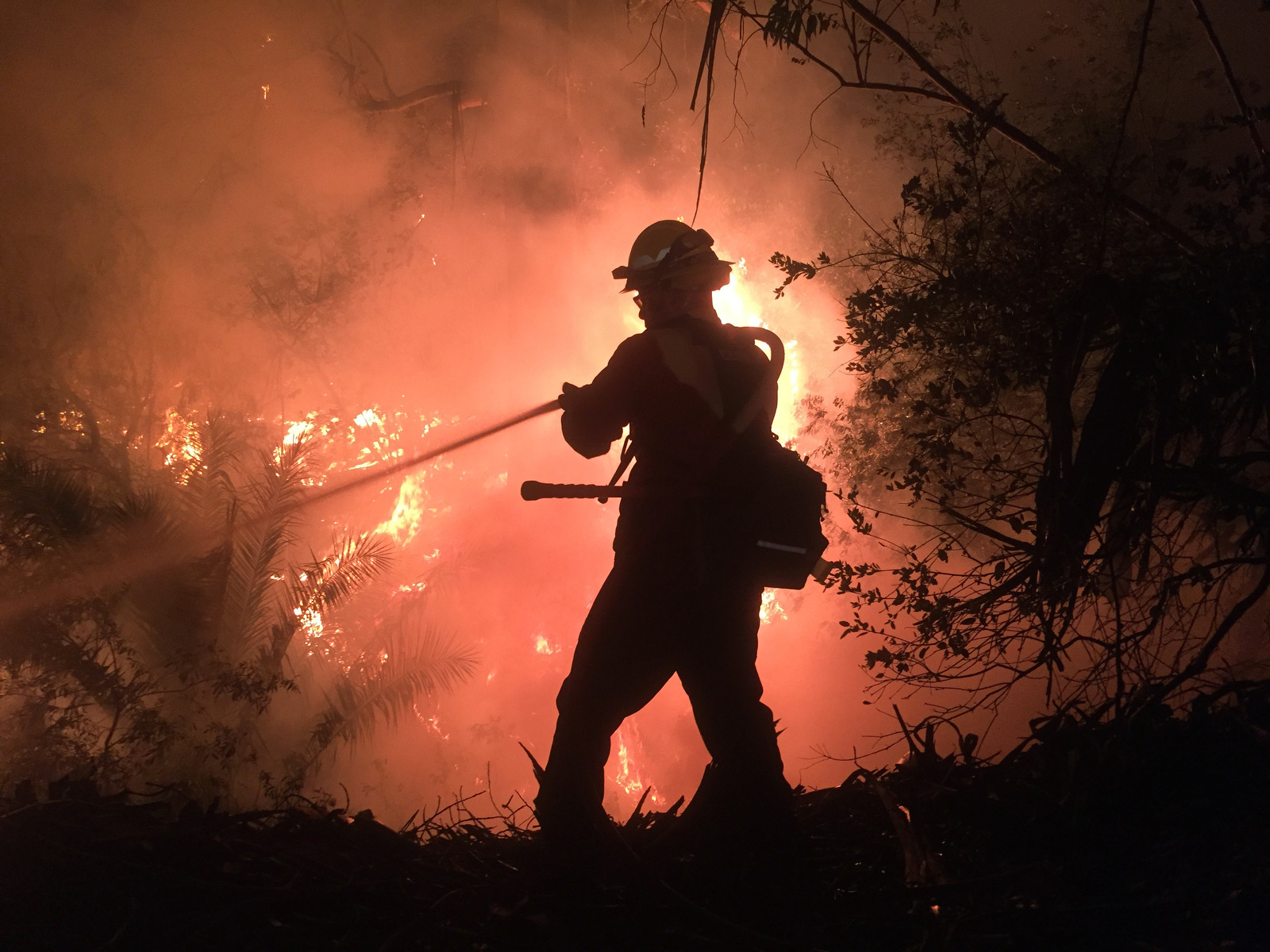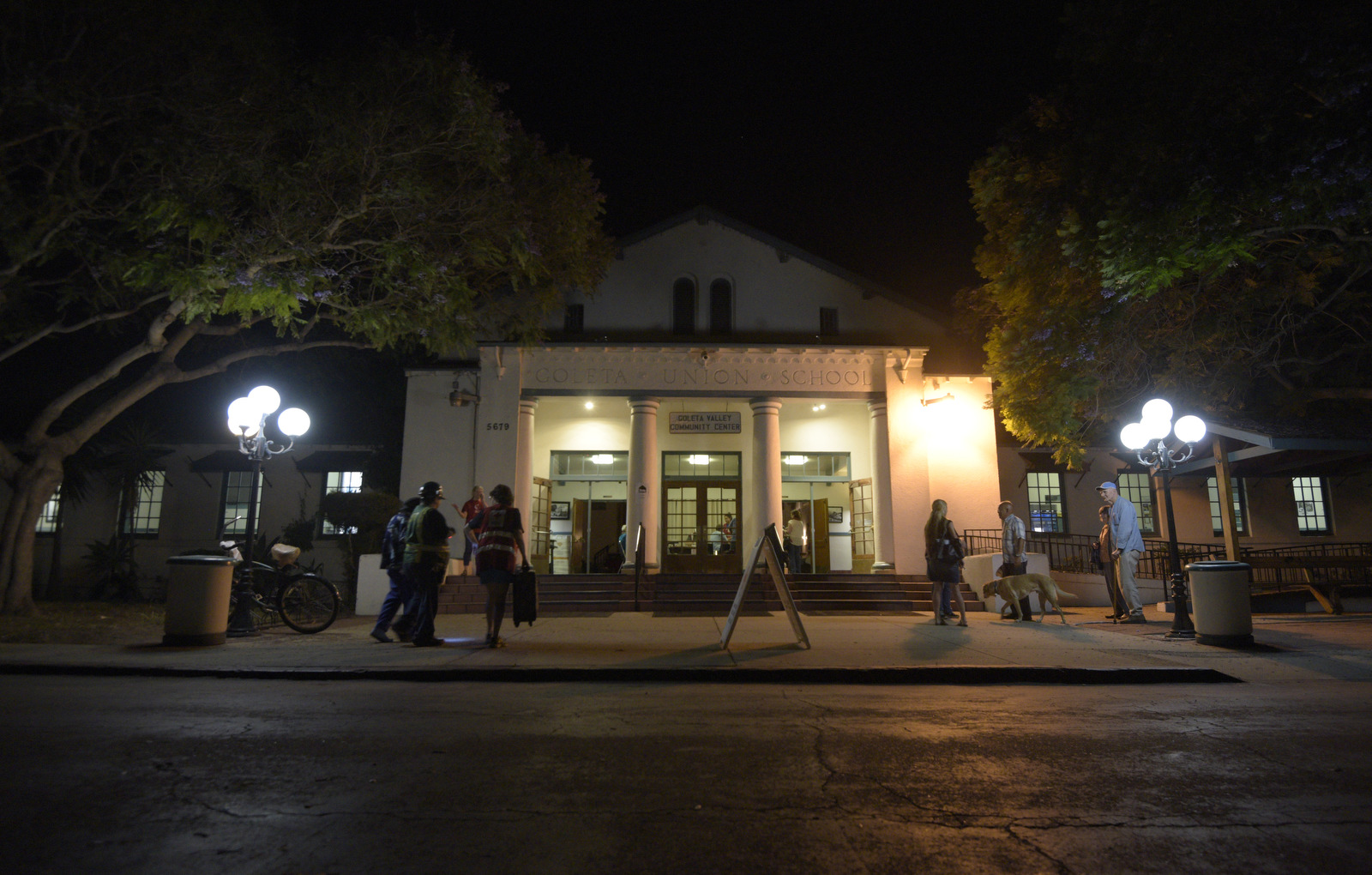Quick Response in Large Numbers Held Holiday Fire at Bay
Record Heat on July 6 Destroyed Crops and Livestock Across Santa Barbara Front Country

Fire investigators have yet to render a verdict on what started the Holiday Fire, but it’s clear what stopped it: seven strike teams of firefighters, water-dropping helicopters, and winds calming by around 2 a.m. Hot weather is not unknown for July, but blasting hot winds raised temperatures that night from 102°F to as high as 106°F. Across the front country, the prolonged hours of day-and-night heat and unrelenting wind scorched avocados and lemons, and also livestock.
That Friday’s official high of 102°F set a record at Santa Barbara Airport, while thermometers rose as high as 104.5°F in downtown Santa Barbara. The airport, barely a mile from the beach and only 15 feet above sea level, has long been the National Weather Service’s official Santa Barbara station. The previous record for July 6 had been 99°F in 1954. The jump from 102°F to 106°F after midnight was registered on an unofficial gauge reporting online from North Patterson at the same elevation as Holiday Hill, 400 feet. Farther south, in the Los Angeles area, all-time heat records were set on July 6, including at Van Nuys Airport, which registered 117°F, surpassing the previous record of 114°F on June 20, 2016.
At Las Varas Ranch in Gaviota, “The wind and the heat were like a blowtorch,” said Paul VanLeer. “The fruit sticking out for next year was cooked black, and even the mature fruit inside the tree, out of the direct sunlight, burned and dropped.” Temperatures reached 115°F at Las Varas, which lies eight miles west of the fire, and the sundowners gusted 40-50 mph. “I’ve never seen anything like it,” said VanLeer, who’s grown avocados for more than 35 years. He estimated three-quarters of the harvest was lost. “About the only benefit I can see,” he said wryly, “is the poison oak is a funny color and almost dead.”

Similar reports about devastated lemon and avocado orchards were heard from other growers. From Gaviota to Montecito, word spread of dead chickens and even a few pigs. Ranchers recalled the story of a super-heated wind in the 1800s that killed birds in the air, cattle in the field, and fruit on the vine. Calling it the only “simoom” on this coast “mentioned in its histories or traditions,” George Davidson recounted the events of June 17, 1859, in Coast Pilot of California, Oregon, and Washington Territory:
“At two o’clock the thermometer exposed to the air rose to 133°, and continued at or near that point for nearly three hours, whilst the burning wind raised dense clouds of impalpable dust. No human being could withstand the heat. … Calves, rabbits, birds, &c., were killed; trees were blighted; fruit was blasted and fell to the ground, burned only on one side; and gardens were ruined. At five o’clock the thermometer fell to 122°, and at seven it stood at 77°. A fisherman, in the channel in an open boat, came back with his arms badly blistered.” The 1859 simoon set a disputed record that lasted for decades, according to “The Great Simoon of 1859” at the UCSB Geology website.
The heat that fed the Holiday Fire came from a massive high-pressure system over the West, said Mark Jackson of the National Weather Service. He said many of the records broken in Los Angeles were set as recently as 2017, a trend of the past couple years as the drought feeds on itself. Jackson said that when the ground gets hard as rock and ocean temperatures stay high, the air temperature just goes higher. During the Holiday Fire, he noted, many of the area’s morning temperatures didn’t go below the 80s. In the Malibu Hills, temps had stayed above 90 all night.
After the emergency call came in from Holiday Hill Road around 8:40 p.m., Battalion Chief Adam Estabrook was driving to the scene from County Fire Station 11 on Storke Road when he caught his first glimpse of the smoke and flames. With that view plus the wind conditions, Estabrook “immediately pulled the trigger on getting an evacuation ordered,” said Mike Eliason, a County Fire Department spokesperson. Estabrook also asked for five more strike teams, each of which consists of five engines and their crew.
County Fire was already staffed up because of the heat, wind, and low humidity — or Red Flag Warning — forecast for the south-facing coast from the mountains to the shore. A county strike team was at the ready plus a couple of dozers, a water tender, and Helicopter 3. Also on hand was another strike team from Cal OES (California Office of Emergency Services), said Eliason. State Senator Hannah-Beth Jackson and Assemblymember Monique Limón had made state funds available for the pre-positioned group — which came from Ventura, Santa Maria, and Montecito — that had assembled at 6 p.m. that night.

With the call that went out from Estabrook’s quick assessment, members of the five extra strike teams began rolling in. Management of the growing fire switched to the county’s incident command — three division chiefs: Woody Enos and Matt Farris of Santa Barbara County Fire, and Kevin Taylor from Montecito Fire. Few counties have a Type-3 management team like this, Eliason said, and Santa Barbara’s has begun to get national recognition. “We’ve been kind of busy these last few years,” he noted.
The call for evacuation brought Sheriff’s deputies to Holiday Hill Road and North Fairview, where they began knocking on doors to get residents out who hadn’t yet smelled the smoke or been alerted by their neighbors. The law enforcement network extended to UCSB Police, California Highway Patrol, and Ventura County Sheriff’s Office, all of whom sent officers to help with the evacuation efforts, Eliason said. They escorted volunteers up to the Wildlife Network Care center to evacuate animals and brought out elderly residents with the ambulance crews.

With the fire on Goleta’s border, 61 people stayed at the Red Cross shelter set up at the city’s Community Center, said Mayor Paula Perotte. She commented that when the electricity went out, she used her car radio to stay up to date. Others said they used the air conditioning in their cars to escape the heat. At the community center that night, fans and misters were brought from the county’s emergency stores to cool people, and a number of dogs, since the building has no air-conditioning. Many slept outdoors on cots. Danny Fitzgibbons opened his computer center, Perotte said, which was set up originally for school kids, but during the fire it was full of shelter guests using the computers. “People really step up when there’s a need,” she said of her citizens, adding with relief, “It’s such a miracle that nobody was injured and nobody died.”
Blown by 40 mph gusts of wind, the fire moved down North Fairview as randomly as a tornado, Eliason said. Embers blew a half-mile in distance, leapfrogging the La Goleta neighborhood at one point, but setting afire a quickly doused patch on Cathedral Oaks Road. Power poles were burning through, and firefighters had to treat every wire as a potentially live wire, Eliason said, until power crews could check them.
In all, 35 engines and more than 100 firefighters blocked the fire before it crossed Cathedral Oaks Road into the City of Goleta. The strike teams had come from Carpinteria, Vandenberg, Lompoc, San Luis Obispo, Kern, Los Angeles, Long Beach, Glendale, and Burbank, said Eliason. County Copter 3 was grounded with mechanical issues, but a night-vision helicopter arrived from Los Angeles County to douse the flames. It is the pilots who make the choice to fly or not in high winds, Eliason explained, and it’s the heavy winds that affect how accurate the water drops are.
By the time mop-up commenced, 10 homes had been destroyed by a fire confined to 113 acres. It had been contained within 12 hours of breaking out, and all the estimated 2,500 residents who had evacuated could return home by Sunday.
It’s only two months into high fire season in Santa Barbara County, which lasts until a good rain falls. Mike Eliason’s final words were of caution for the next inevitable fire: “People need to be ready to evacuate, talk it over with their family, have a contact phone number outside the area. They need to keep an ear out for warnings.”



